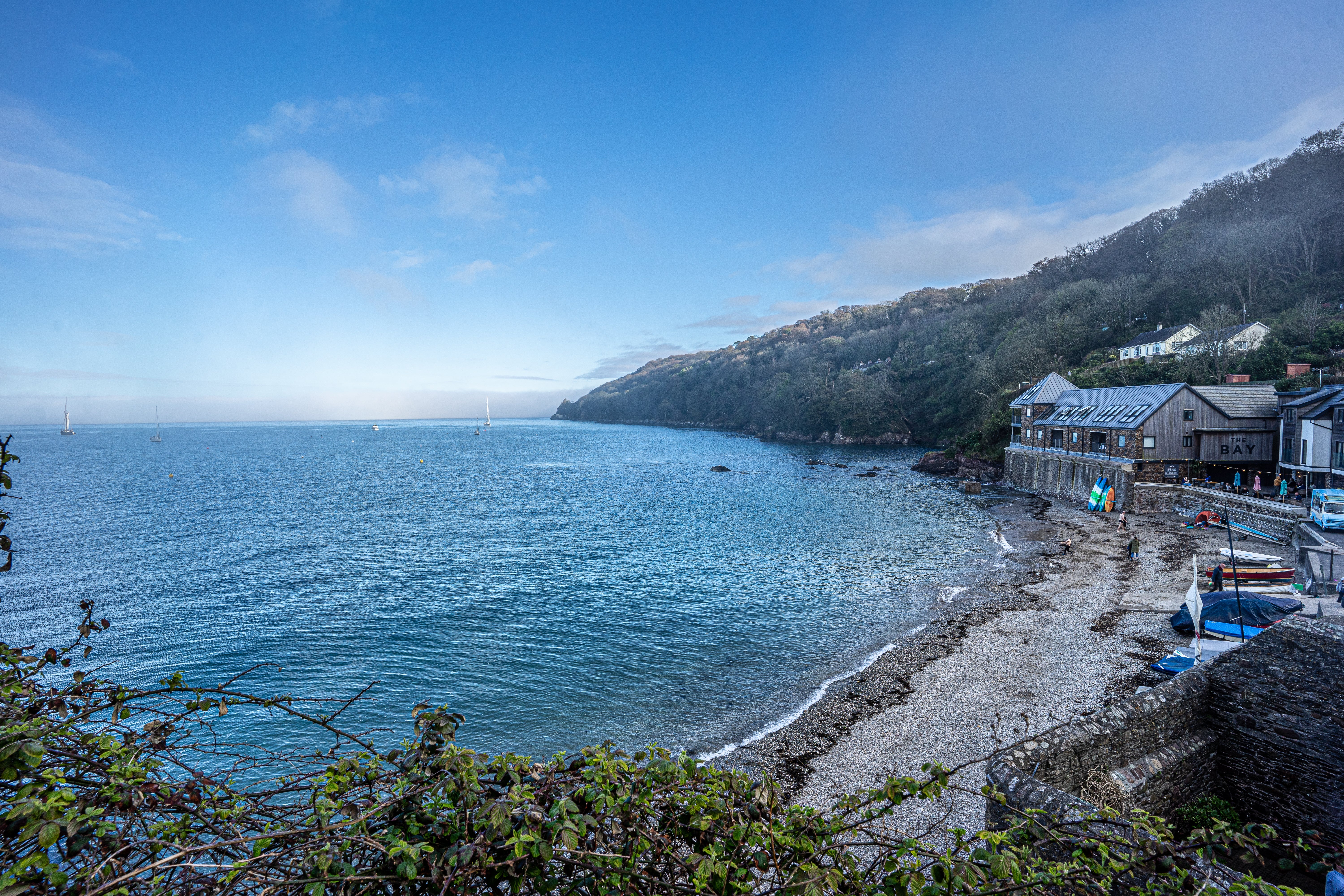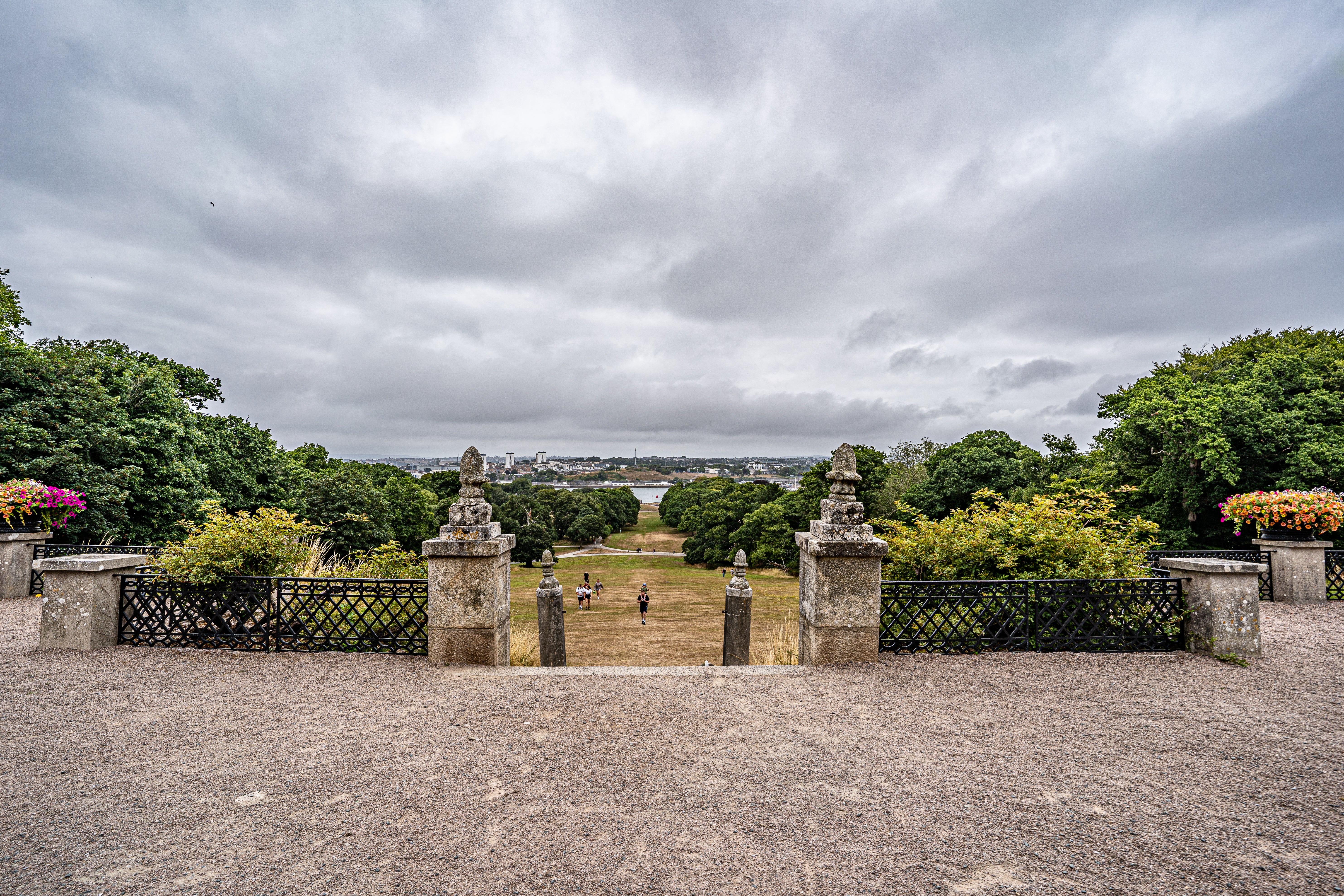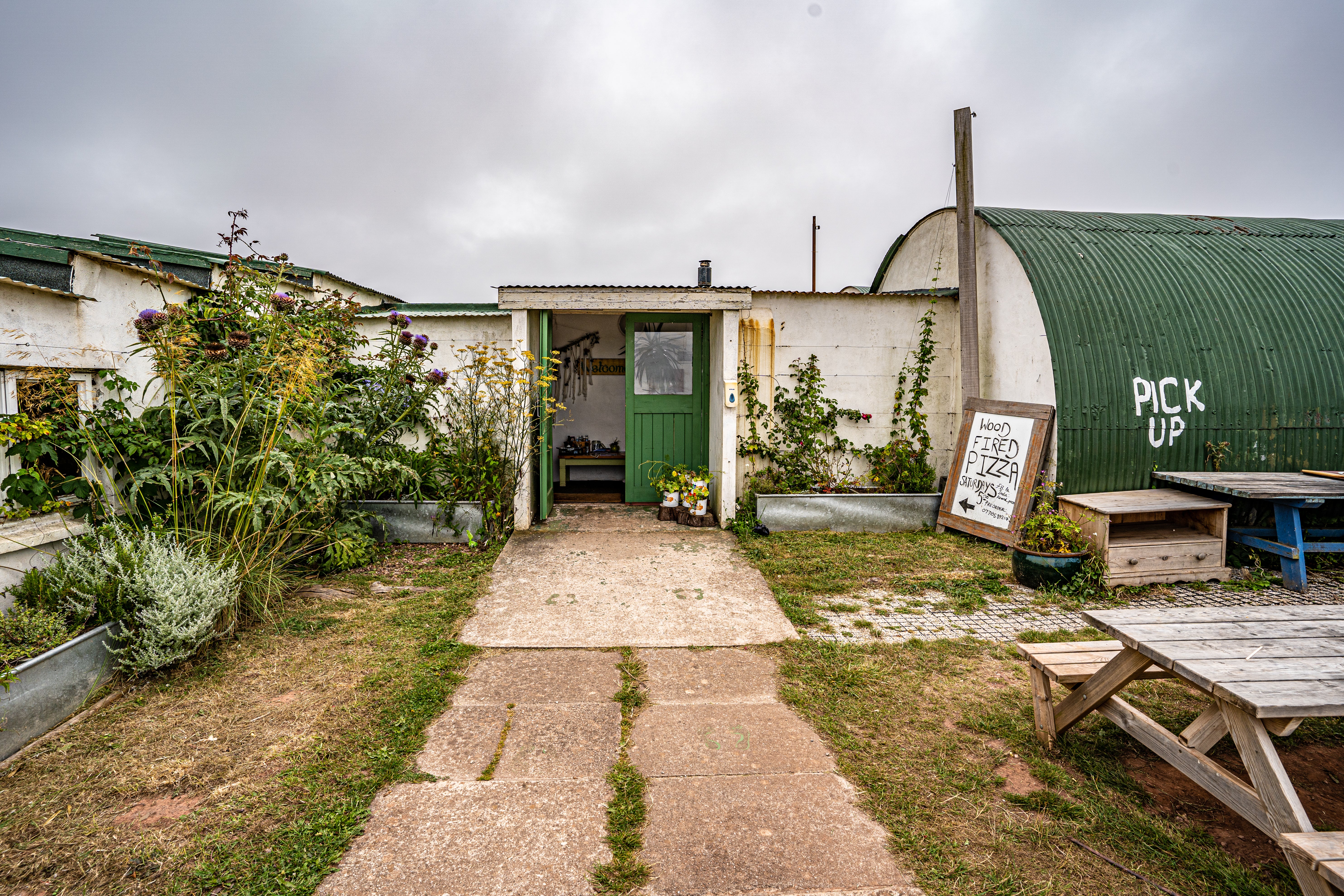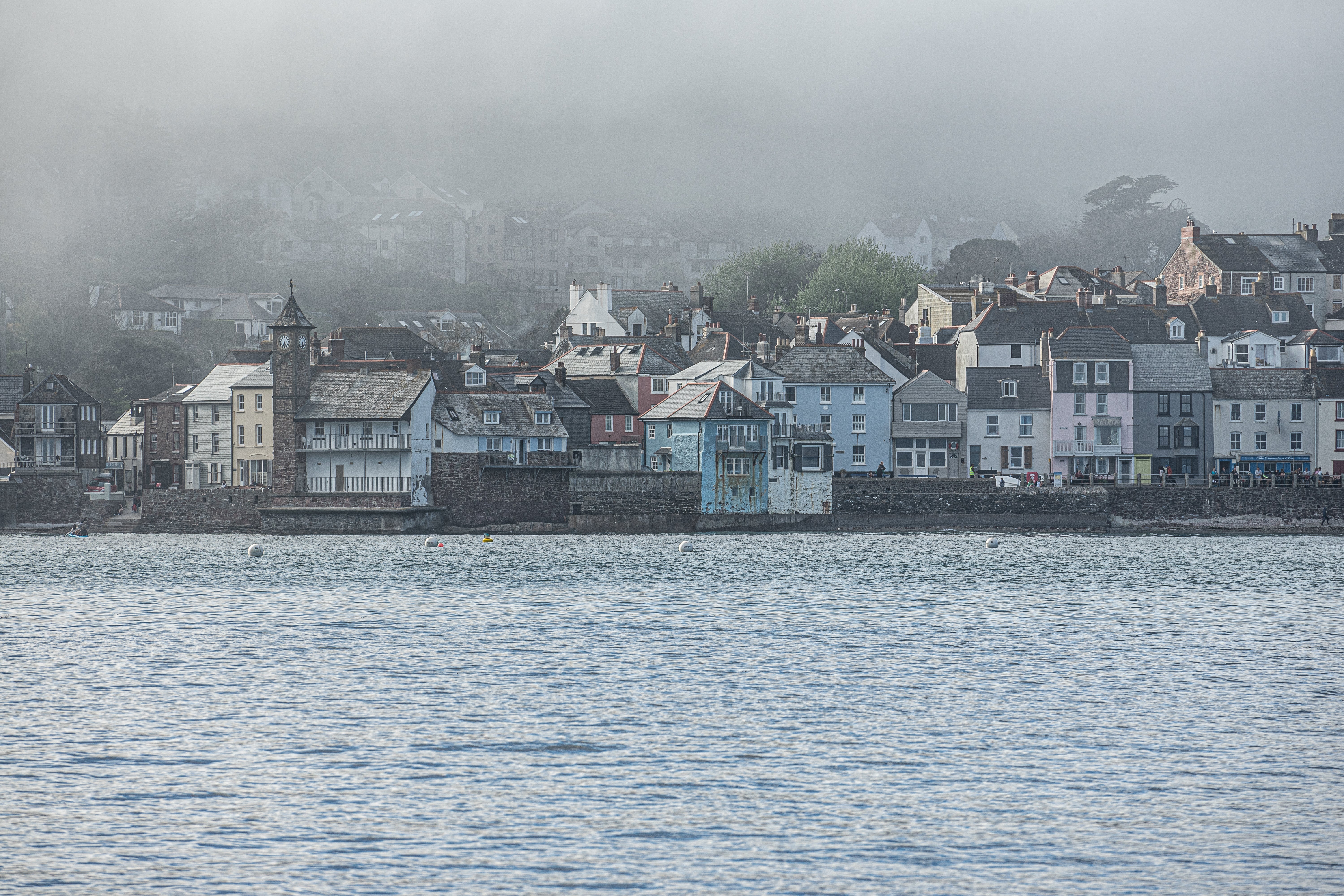The Independent's journalism is supported by our readers. When you purchase through links on our site, we may earn commission.
Rame Peninsula: The key to Cornwall without the crowds
Fancy seeing a quieter side to England’s holiday hotspot? Head for Cornwall’s Forgotten Corner, advises Richard Collett

Your support helps us to tell the story
From reproductive rights to climate change to Big Tech, The Independent is on the ground when the story is developing. Whether it's investigating the financials of Elon Musk's pro-Trump PAC or producing our latest documentary, 'The A Word', which shines a light on the American women fighting for reproductive rights, we know how important it is to parse out the facts from the messaging.
At such a critical moment in US history, we need reporters on the ground. Your donation allows us to keep sending journalists to speak to both sides of the story.
The Independent is trusted by Americans across the entire political spectrum. And unlike many other quality news outlets, we choose not to lock Americans out of our reporting and analysis with paywalls. We believe quality journalism should be available to everyone, paid for by those who can afford it.
Your support makes all the difference.The Edgcumbe Belle sped through the Mayflower Marina in Plymouth, cutting into the fast-flowing tidal waters of the River Tamar before dropping its passengers eight minutes later on the concrete quay of Cremyll – the gateway to the Rame Peninsula.
Surrounded on three sides by water, and completely bypassed by the A38 dual carriageway which whisks tourists westwards towards Land’s End, the Rame Peninsula is “Cornwall’s Forgotten Corner”.
There are no train stations here, and it takes a ferry ride from Plymouth or a long, circuitous drive to reach the most easterly region along the southern Cornish coastline. I paid my £2 ferry fare on arrival, and I was ready to see if coastal Cornwall without the crowds – that most mythical of summer holiday destinations – really did exist.

“The area welcomes visitors who appreciate, and desire, peace and quiet”, I’d been told by Jan Ferguson, a Rame Peninsula local who heads up the local tourism board while researching my trip to this overlooked pocket of southeastern Cornwall.
I knew full well from trips to Bude, St Ives and Kynance Cove that Cornwall in summer is a place that’s best avoided if you’re hoping for tranquillity. Ferguson, though, was adamant that her home isn’t quite like anywhere in Cornwall.
“The reason why the Rame Peninsula is special is that it’s largely unspoilt due to its status as an Area of Outstanding Natural Beauty,” she told me. “It attracts people who enjoy nature and quiet pursuits such as walking the coastal path, exploring stately homes, visiting quiet beaches, coves, galleries and quaint villages”.
Perfect, I thought; but, in the first week of the school summer holidays, would it truly be crowd-free?
It attracts people who enjoy nature and quiet pursuits
The first impressions were good. There were just a few families pushing prams off the ferry as I walked past a “Welcome to Cornwall” sign and hiked the short distance from Cremyll Quay to Mount Edgcumbe House, my first destination of the day.
Built by the aristocratic Edgcumbe family in the mid-16th century, Mount Edgcumbe House is the stately centrepiece of the Rame Peninsula and was the first country house to be built for pleasure rather than defence. Instead of arrow slits, wide windows provide sweeping views downhill towards Cremyll and Plymouth Sound, and the design was soon copied across Britain.
The interior is home to all the curious portraits and eccentric oddities you’d expect of a 500-year-old stately home that’s seen a whole cast of historical characters stay. Everyone from George III to Charles Darwin has been a guest, but given how quiet the grounds of the country park were during my visit, it would seem that modern British tourists have forgotten all about it.

I set off on a hike across the park’s 885 acres of land. You can hire a bicycle or rent an off-road segway to explore, but I opted for walking, following the footpaths south across the park. From the ridgeline, I saw the Rame Peninsula falling away into the sea to the east. This is the western edge of Plymouth Sound, and if you have a few hours to spare, you can follow the Southwest Coast Path all the way from Cremyll to Rame Head, a blustery headland that juts out into the English Channel.
The Rame Peninsula is littered with derelict barracks and abandoned gun batteries that were built to protect the area, and Plymouth, from past invasions. My hike brought me across the ridgeline of the peninsula to Maker Heights, where many of these crumbling military relics have been preserved and repurposed for new unique community uses by the Rame Conservation Trust.
Cathy Green and Dr Malcolm Cross – Rame Peninsula locals and trustees of the Rame Conservation Trust – were waiting for me in World War II Nissen huts that have been converted into a restaurant by Nick Platt, a former River Cottage chef. As we ordered coffees they explained that The Canteen at Maker Heights is just one of the projects underway here.

“Our emphasis is on social enterprises,” said Green. “If people are doing good things, we’re happy to have them here.” The Trust has converted a former barrack block next to The Canteen at Maker Heights into a music and arts studios, while other buildings provide space for art galleries and live music venues.
Another organisation – Wilder Me – has set up Geodome tents and provides outdoor and adventure opportunities for adults with autism, while much of the open land is devoted to Maker Camp, a campsite offering low-cost pitches that Green says attracts Southwest Coast Path hikers and families from Plymouth.
“The interesting thing is that this has been a campsite since the 1920s,” said Dr Cross. “Nancy Astor, the first woman to sit as a Member of Parliament, set up Maker Camp in order to allow deprived children from Plymouth to connect with nature. It’s this ethos that we want to keep going.”
“Is this still the forgotten corner of Cornwall?” I asked as the tables around us filled with people.
The geography helps. We’re a peninsula, so people often zoom past on the A38 on their way west to St Ives
“It’s true that the area isn’t as well known as other parts,” Dr Cross agreed. “The geography helps. We’re a peninsula, so people often zoom past on the A38 on their way west to St Ives.”
They haven’t been untouched by overtourism concerns here, despite it being less of an issue than elsewhere in the county. “There’s a ‘first, not second homes’ campaign,” said Green, “but it’s not as politicised as in St Ives, where it’s all much more dramatised.” Like many of Cornwall’s coastal communities, increased demand for holiday lets has raised property prices and forced many locals out of the market. “We are offering a solution to the problem by offering camping instead of Airbnbs,” said Green.
The smell of woodfired pizzas from The Canteen at Maker Heights followed me downhill as I walked towards the seafront villages of Kingsand and Cawsand. For centuries, the twin fishing villages were a haven for smugglers, as the hidden coves were conveniently “forgotten” by customs officers. The Spanish didn’t forget the Rame Peninsula when they invaded Cawsand on the night of 14 March 1596, though, only to be spooked and turned back to their ships by a local with a musket.
The narrow streets and old fishing cottages reminded me of St Ives, although there’s still plenty of space here to order a cold pint in a beer garden. Cawsand beach was hardly bursting either, even with the sun shining in the afternoon. On weekends though, the village is busy with day trippers taking the direct ferry from Plymouth to Cawsand.

I continued from Cawsand to Kingsand, passing the Halfway House Inn marking the boundary between the two villages, and then followed the South West Coast Path three miles back to Mount Edgcumbe House.
Before I caught the ferry back to Plymouth, I met Anne and Tony Carne for more coffee. Tony Carne, a local historian, coined the phrase “Cornwall’s Forgotten Corner” when he released a book about the Rame Peninsula in the 1980s. The name stuck, and it’s been used ever since. “We are gifted living here,” said Anne. “It’s a special place. But remember, the Rame Peninsula is a place for the discerning tourist.”
I’m not sure if I met the bill – but I certainly appreciated the chance to explore Cornwall’s best-kept secret.
Travel essentials
Getting there
The Rame Peninsula can be reached by ferry from Plymouth year round. There are departures every half hour from Admiral’s Hard, near Royal William Yard, to Cremyll. A bus connects Cremyll to Kingsand and Cawsand. A summer ferry service also connects Cawsand to the Barbican Landing Stage in Plymouth.
Staying there
Maker Camp provides non-powered camping pitches with toilet and cooking facilities for £12 per adult per night (children are free). The Halfway Inn House in Kingsand offers B&B accommodation, with twins starting from £100 in summer.

Join our commenting forum
Join thought-provoking conversations, follow other Independent readers and see their replies
Comments